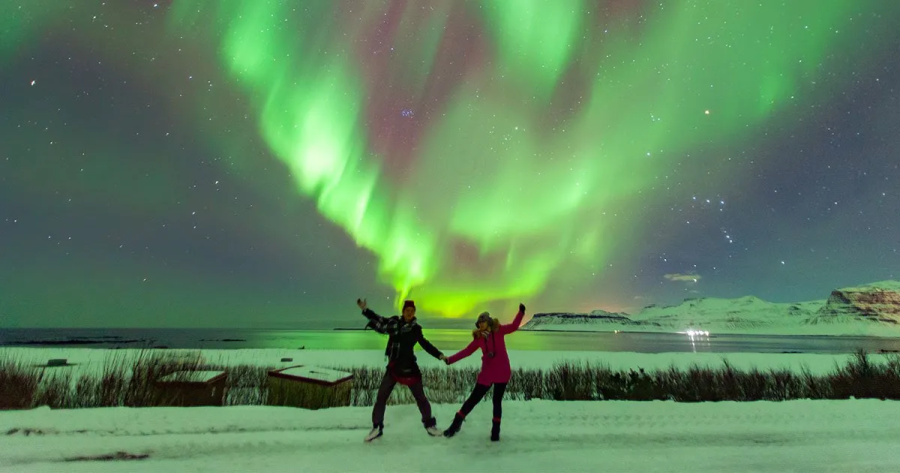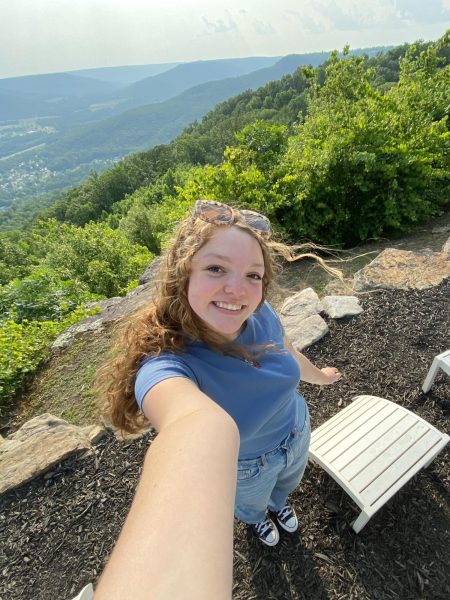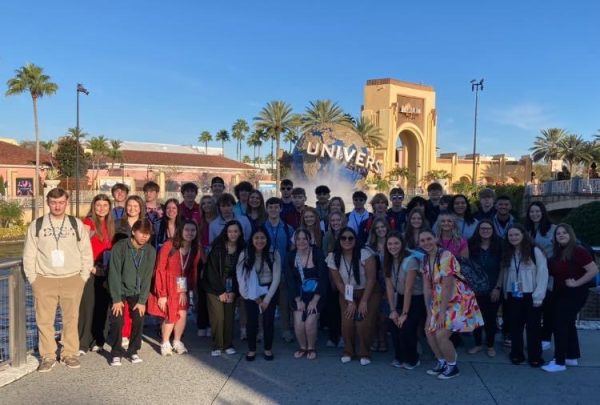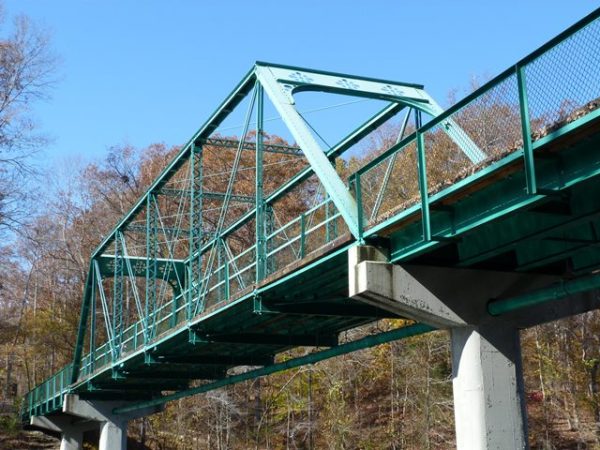The aurora borealis, one of Mother Nature’s most dazzling beauties, made a surprise appearance in as many as 30 states this past weekend
The infamous northern lights were visible in states across the nation as far south as Nebraska and Iowa on Sunday night and in the early hours of Monday morning.
May 15, 2023
For many Americans all over the United States, a beautiful display was painted across the dark, starry sky just a few nights ago. For many Americans, having the opportunity to see the rarity that is the aurora borealis, also called the northern lights, is very, well, rare.
However, during the late night hours of Sunday, April 23 and the early morning of Monday, April 24, the natural lightshow was visible to many. In states as far south as Illinois, Kansas, and even Arizona, Americans were able to see the northern lights, some, possibly, for the first time ever.
The reason as to why the aurora borealis made an appearance so far south is somewhat puzzling for those of us that are not scientists. Therefore, I will attempt to break it down into simple terms.
According to the NOAA’s Space and Weather Prediction Center, a coronal mass ejection and small solar flare occurred on Friday, April 21. A coronal mass ejection, or CME is simply when plasma and magnetic material from the Sun explode and then reach earth. Sometimes CMEs can travel to earth in under 18 hours!
Furthermore, this explosion then caused what is known as a geomagnetic storm; this sort of solar activity then led to the gorgeous northern lights being seen much farther south than usual.
News Nation reporter, Abby Bink, further explains, “While both solar flares and CMEs (which can occur at the same time) can impact navigation, communication and radio signals on Earth, CMEs are able to create a stunning show in the night sky.”
Many civilians were overjoyed to witness the stunning aurora borealis as well. Robert Ray, 41, is a resident of Arizona who was able to capture several photographs of the rare phenomenon.
“There’s been a few times in the past where it’s been forecast that we might be able to (see the northern lights), and every other time I struck out. But that wasn’t the case last night,” Ray continued joyfully, “I was so excited to capture the northern lights,” he said. “They were very faint to the naked eye, but you could definitely tell they were there.”















